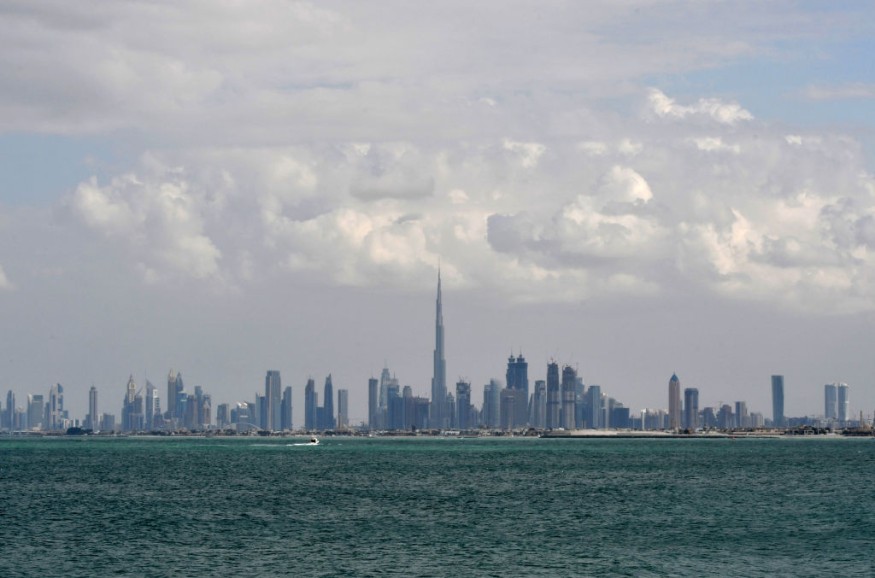Scientists in the United Arab Emirates (UAE) are attempting to enhance rainfall in the dry country by zapping clouds with electricity using new drone technology.
According to The Independent, the rainmaking technique, known as "cloud seeding," was put to action as summer temperatures in Dubai soared over 48 degrees Celsius (120 degrees Fahrenheit).
Drone technology is used in Dubai's cloud seeding process, according to the report. The drones send an electrical charge into the clouds, which causes them to cluster and rain.

The National Centre of Meteorology in the United Arab Emirates published video footage of torrential downpours on Sunday, demonstrating that the technique had been successful.
منطقة النصلة #رأس_الخيمة #المركز_الوطني_للأرصاد #أمطار_الخير #أصدقاء_المركز_الوطني_للأرصاد #حالة_الطقس #حالة_جوية #هواة_الطقس #جمعة_القايدي #عواصف_الشمال pic.twitter.com/ZmoveP4OA7
— المركز الوطني للأرصاد (@ncmuae) July 20, 2021
Rainmaking and Cloud Seeding
Rainmaking, also known as artificial precipitation, artificial rainfall, or pluviculture, is the deliberate production or enhancement of precipitation in order to minimize drought or global warming.
This can be accomplished by spraying dry ice, silver iodide, or salt powder into the clouds, causing them to rain or increasing precipitation, removing or alleviating farmland drought, increasing reservoir irrigation water or water supply capacity, and increasing water levels hydropower generation, or even swarming the clouds.
The term is often used metaphorically to describe the process of recruiting new consumers to a professional firm, such as law, architecture, consulting, advertising, or investment banking-in general, methods that bring money into a corporation.
Cloud seeding is a type of weather modification that involves spraying substances into the atmosphere that act as cloud condensation or ice nuclei, affecting the cloud's microphysical processes. According to a study titled "Artificial Rain Technology as an Alternative Increasing Sutami Reservoir Volume in Effort Tackling Drought Due to Global Climate Change," some experts claim that cloud seeding's effectiveness is controversial. They said it is challenging to prove clearly that cloud seeding has a substantial influence."
The efficiency of cloud seeding in increasing precipitation by a statistically significant amount is still a source of debate among academics, with different findings depending on the research and various viewpoints among experts.
Rainmaking Initiatives in UAE
The UAE invested $15 million in nine rainmaking projects in 2017 to help the country's falling water table.
The present technology for modifying the electrical charge of clouds is being developed by researchers at the University of Reading in England. In March, one of the project's colleagues, Professor Maarten Ambaum, told the BBC that the UAE had enough clouds to provide rainy conditions.
The research aims to get the water drops to mix and stay together,"like dry hair to a comb" when they receive an electrical pulse.
Prof Ambaum said that when the drops mix and get large enough, they will fall as rain.
Chemical shocks are preferred over electrical shocks since they do not require chemicals.
RELATED ARTICLE : Arctic's Shorter Shipping Route Risks Our Changing Climate; Could Melt the Polar Region Faster Than Expected
Check out more news and information on Environment and Climate in Science Times.
© 2025 ScienceTimes.com All rights reserved. Do not reproduce without permission. The window to the world of Science Times.












